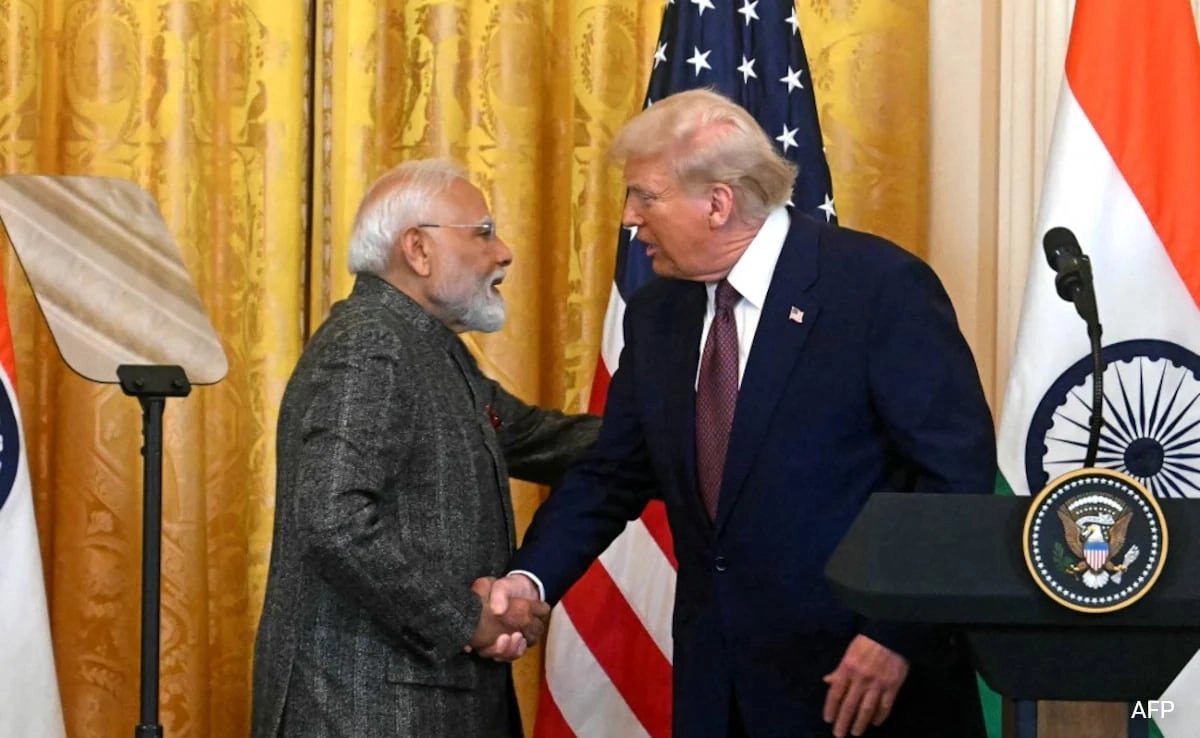The imposition of tariffs by the Trump administration has created a unique opportunity for India to bolster its economic position on the global stage. As the United States has sought to protect its domestic industries through tariffs, it has inadvertently opened the door for countries like India to expand their market share in various sectors. This situation allows Indian manufacturers and exporters to step in and fill the gaps left by American companies that may have been adversely affected by these tariffs. By capitalizing on this moment, India can not only enhance its export capabilities but also attract foreign investment, further solidifying its role as a key player in international trade.
India’s diverse manufacturing sector is well-positioned to benefit from the shifting dynamics in global trade. With a young and growing workforce, competitive labor costs, and an expanding infrastructure, the country is capable of producing a wide range of goods that are increasingly in demand. By focusing on sectors such as textiles, electronics, and pharmaceuticals, India can leverage the tariffs to increase its exports to the U.S. market. Moreover, the government’s initiatives, such as “Make in India,” aim to improve domestic manufacturing capabilities and can be aligned with this opportunity to ensure that Indian products meet international standards and consumer expectations.
However, to fully capitalize on this rare opportunity, India must address certain challenges. Improving the ease of doing business, enhancing logistics and supply chain efficiency, and investing in technology and innovation are crucial steps that need to be taken. Furthermore, fostering a conducive regulatory environment will encourage both domestic and foreign investors to commit resources to Indian industries. As global supply chains evolve due to the tariffs, India has a chance to position itself as a reliable and competitive manufacturing hub, not only for the U.S. market but also for other countries looking to diversify their sourcing options.
In conclusion, while the Trump tariffs present challenges for many nations, they also offer India a significant opportunity to strengthen its economic stature. By strategically navigating this landscape, India can enhance its trade relationships, boost its manufacturing sector, and ultimately contribute to its long-term economic growth. This moment is not just about reacting to external pressures; it is about seizing the initiative to create a more resilient and diversified economy that can withstand the fluctuations of global trade dynamics.




